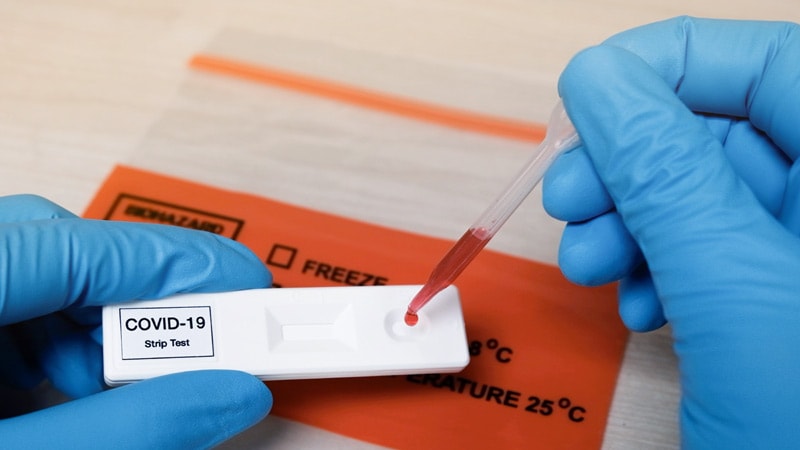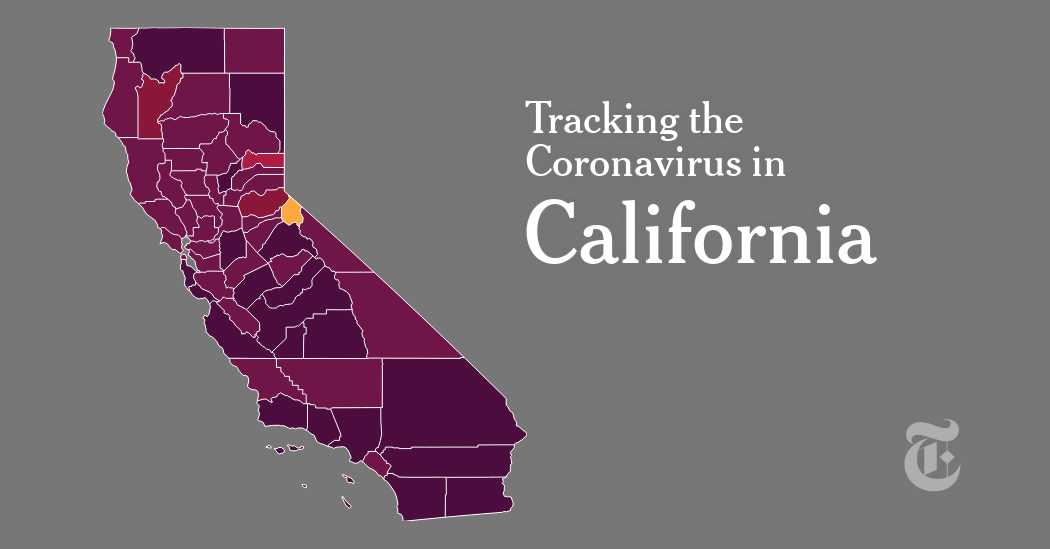And here are the brass tacks from a local ambulatory surgical center:
We will continue to screen all patients and staff for potential symptoms of COVID-19 prior to admission to the facility. Patients will be expected to wear a cloth face covering when arriving at the center, while all staff will be wearing a face mask while working in the facility. *In addition, upon admission all patients will be asked to sign the Provider Notice of Potential Exposure to Covid-19, which demands no international travel, no fevers, and no known contacts in the last 30 days, while also acknowledging the increased risk of operating during a national emergency.
We will continue to screen all patients and staff for potential symptoms of COVID-19 prior to admission to the facility. Patients will be expected to wear a cloth face covering when arriving at the center, while all staff will be wearing a face mask while working in the facility. *In addition, upon admission all patients will be asked to sign the Provider Notice of Potential Exposure to Covid-19, which demands no international travel, no fevers, and no known contacts in the last 30 days, while also acknowledging the increased risk of operating during a national emergency.




